For those of you who don’t know me, my name is Brian and I started CraftHotSauce.com in 2014. As I interviewed hot sauce makers on our podcast and tried their sauces, I was inspired to create my own hot sauce brand, Craic Sauce. Since I’ve launched my brand, I’ve had many questions and encountered roadblocks, but slowly progressed my sauces and business forward. This post summarizes my path and it’s my hope that you can learn about some of the steps I went through--from early ideas and operations to applying to be an FDA registered sauce that I can sell across state lines and to restaurants and stores.
I had been making my own golden pumpkin hot sauce since 2014, but in the Fall of 2017 I decided it was time to start my own brand. I conveniently found a commercial kitchen just a mile from where I was living in Arlington, MA. The kitchen owners told me that to get set up at the kitchen I needed to have business insurance, get my ServSafe and Allergen Awareness certification and review and sign their commercial kitchen handbook.
I spent a gorgeous New England fall day inside learning all about safely handling food. At times, I had an “Oh, shit! This is scary.” moment thinking about how as a consumer I took food safety and handling for granted. I took the test on the spot and by the time I had my insurance and myself together, it was early December of 2017 when I made my first batch at the Local Fare with my Dad.
Over the next month, we started getting comfortable in the kitchen. We created a second flavor, 40 Shades of Green Chilli, and had a clean efficient operation making about 60-70 bottles in a two-hour cook. I was working simultaneously with my brother to make some cool Celtic inspired labels and we were having a great time.
A family friend who had spent a career in the food retail space told me what I needed to know in order to get my hot sauce into stores. People needed the Craic (pronounced crack, an Irish word) in grocery stores, but I truly believed that it also needed to go in coffee shops and restaurants where there was not enough craft hot sauce to make meals more flavorful!
So I asked my commercial kitchen owner who also has an almond milk company how she went about getting her wholesale license. She told me that I had to submit a wholesale application that cost $300 and a State Food Safety inspector would visit the kitchen to inspect my process.
Easy enough, I thought! At this point I had submitted applications, completed certifications and $300 wasn’t too bad of an expense to get my sauces into stores. I mailed in my application and thought that by the end of the summer I’d be grand. Wrong.
It took a quick call with the Massachusetts Food Safety inspector to realize there were some significant steps that I had to take, and since I was moving 20 miles away to Lowell I probably wasn’t going to get certified at the Arlington kitchen. The inspector assigned to me was extremely patient and helpful. He told me about all the regulations that I needed and then sent me an email with what I needed to complete to be ready to submit a wholesale application.
Have a scheduled process for each acidified product from a process authority.
Successfully complete the Better Process Control School.
Develop a written recall plan.
Register the facility with FDA under 21 CFR 108 Emergency Permit Control.
File the Scheduled Process with FDA 21 CFR 114.
Manufacture under Good Manufacturing Practice 21 CFR 110, 105 CMR 500 in Massachusetts.
This made more sense to me now. A lesson I’ve picked up on is if it sounds like it’s too easy, it probably is!
In the summer of 2018 every morning on my train commute to work from Lowell to Boston, I took the University of Tennessee Online Better Process Control School. There were a handful of courses in my relative area – Cornell, UMass Amherst, University of Maine, but the Tennessee one was most convenient for me with it being self-paced and online. In the first class I learned about clostridium botulinum, a bacteria that could grow in foods and sauces that could kill you if not properly manufactured and measured (so be aware of bathtub brews!).
I learned about record keeping, the importance of pH, acidified foods, and 21 more chapters of food processing information. It was cool learning and connecting dots about the food industry and why these regulations are in place.
I was taking the Better Process Control School course and simultaneously sent a request to Cornell for a scheduled process. A scheduled process is a document that outlines the steps you take in making your sauce and measure all the critical factors that are necessary for safe processing of your food. I can’t say enough about how helpful the folks at Cornell were as well as their Cornell Food Venture Center website linked here.
I sent Cornell samples of my hot sauce along with a document outlining all the steps I took to make it and my recipe. A few weeks later I had a document back from Cornell outlining my specific scheduled process for my two types of hot sauce.
As I was learning about the recording keeping documents that are necessary, I began making sure I was recording all the critical factors that were outlined by my Process Authority. Some of my critical factors are making sure that the pH is below 3.8, that I’m pasteurizing my sauce above 180 degrees for at least five minutes, and making sure that when I fill the hot sauces into the bottle the temperature of the sauce is over 180 and that I have a visual vacuum seal.
At the beginning of 2019 I moved to a perfect commercial kitchen (also just a mile away from me). This kitchen had a lot more space and equipment, along with a diverse set of awesome people.
It took a few cooks to get consistency with my bigger batches (about 120 bottles in 3 hours) until I felt ready to resubmit my wholesale application. The inspector was going to come to my commercial kitchen, ask me to run through my process from beginning to end, inspect my record-keeping documents, and evaluate me on a number of other criteria.
Well, I didn’t ace it the inspection. I had a few areas where I needed to make adjustments. One of the corrections I needed to make was related to how I ensure the temperature of my sauces when hot filling meets my critical factor. I had been using a simple cooking thermometer with tick marks for every 10 degrees, so he asked how me I read it. I replied that I just look at the dial and tick marks and guess the temperature. He responded saying that depending on the angle I look at it, it could be 183 or 179, so I would need to invest in a digital thermometer that I could calibrate to ensure correct readings. I also found out that the font size of my nutrition labels was too small, so I had to make sure it met the 6 point, 7 point, 8 point rule standards.
The inspection took just over an hour and he gave me a written report outlining the corrective actions I needed to take within 20 days to get my wholesale license. I just sent it my plan of correction, so I hope I’m all set, but if things change, I'll be sure to edit this post!
It took me just over a year to get this far and I’ve learned a lot going through the process. Here are some things to consider if you’re thinking of making your own hot sauce:
It’s fun and exciting, but it’s a commitment. I did this on top of working a full-time job --so I could have done it faster without working-- so it took a lot of coordination and time to create, review and adjust all the documents I needed in place.
If you’re just trying to get your sauces in stores, there is the option of using a co-packer. It’s more expensive when it comes down to the cost of each bottle, but you share your recipe with a co-packer and they can likely get your sauce registered with the FDA much faster. However, with a co-packer you don’t have as much control, it’s hard to find a great co-packer especially when you’re small scale. Also, one of my favorite parts of my business is cooking with friends and family with the music cranking, so something like that wouldn’t work in a shared environment.
Visit the Cornell and FDA website to get familiar with their regulations.
Call your state’s Food Safety Program and introduce yourself. Show that you’ve done some research, list the steps you think you need to take, and then ask for a time to talk through the processes and steps.
There are some serious hidden costs to be aware of. Wholesale application $300, pH tester $200, thermocouple thermometer $150, Better Process control school $600. Then not directly related to the inspection I had other costs for insurance, ingredients, commercial kitchen space, and of course, time!
If you get this license and can sell to stores, what is your next step? What are some of your goals? Do you really want to sell wholesale? That means lower margins and having to manage accounts. As I was typing this advice, I just realized I didn’t think of this ‘til now, so you’ll probably see a selling and distribution post in the coming year! But, the people need the Craic and I’m up for it!
Having one or a few friends or family members helping you out along the journey is a HUGE help! I don’t know if I could have done it without them. I’ve also grown closer and enjoyed spending the extra time with them, especially when I’ve put in over 100 hours of cooking time with them in the past year.
Go do it! Meet folks in your community, support them, be friendly, and they’ll do the same. It was awesome when my other commercial kitchen mates slapped me on the back saying congrats after seeing me go through something they did earlier. I’ve made a new close group of friends that all have their own food-related small businesses and we help each other out with advice, support, or occasionally shucking oysters on Shuck FoodTruck!
I hope this helps! I am by no means an expert and only sharing my lessons learned along the way. If you are a professional sauce maker with advice or insight, please feel free to comment below. Good luck and do what you enjoy doing!







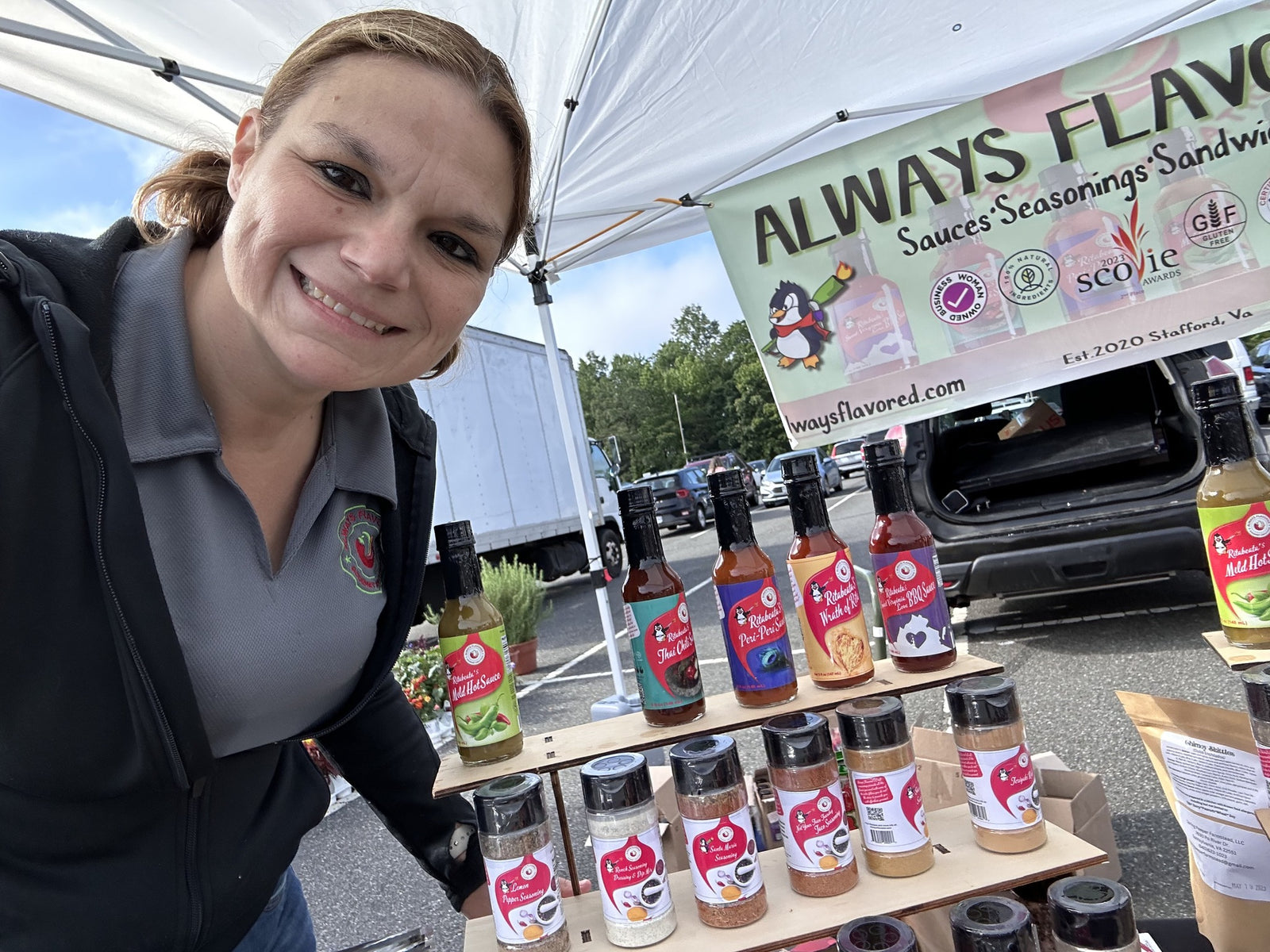

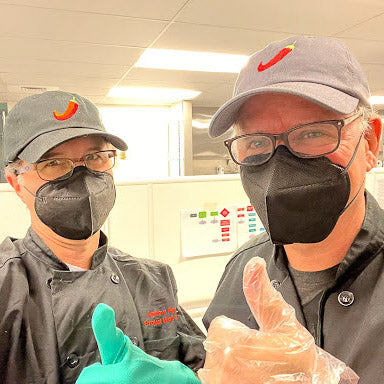
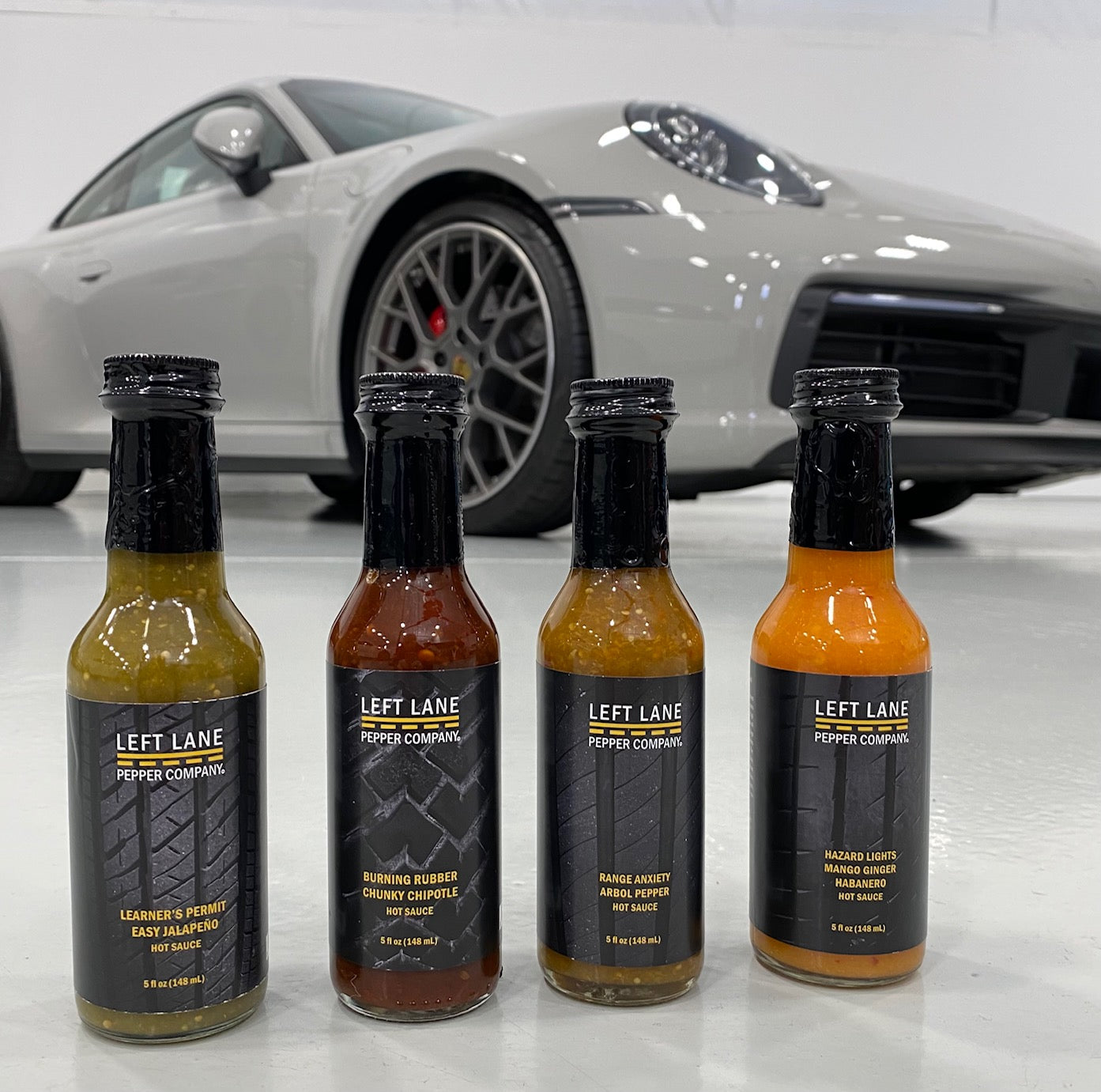
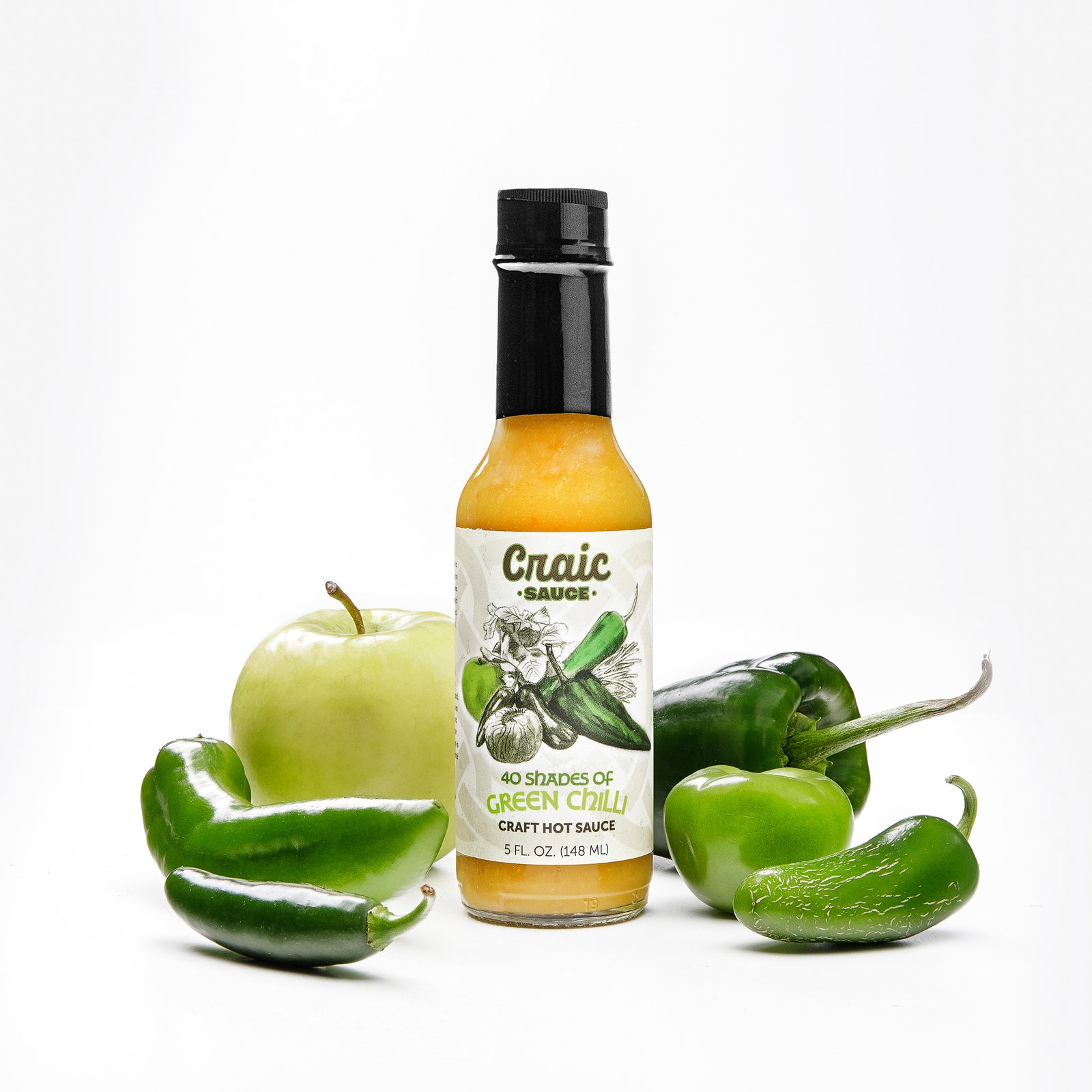
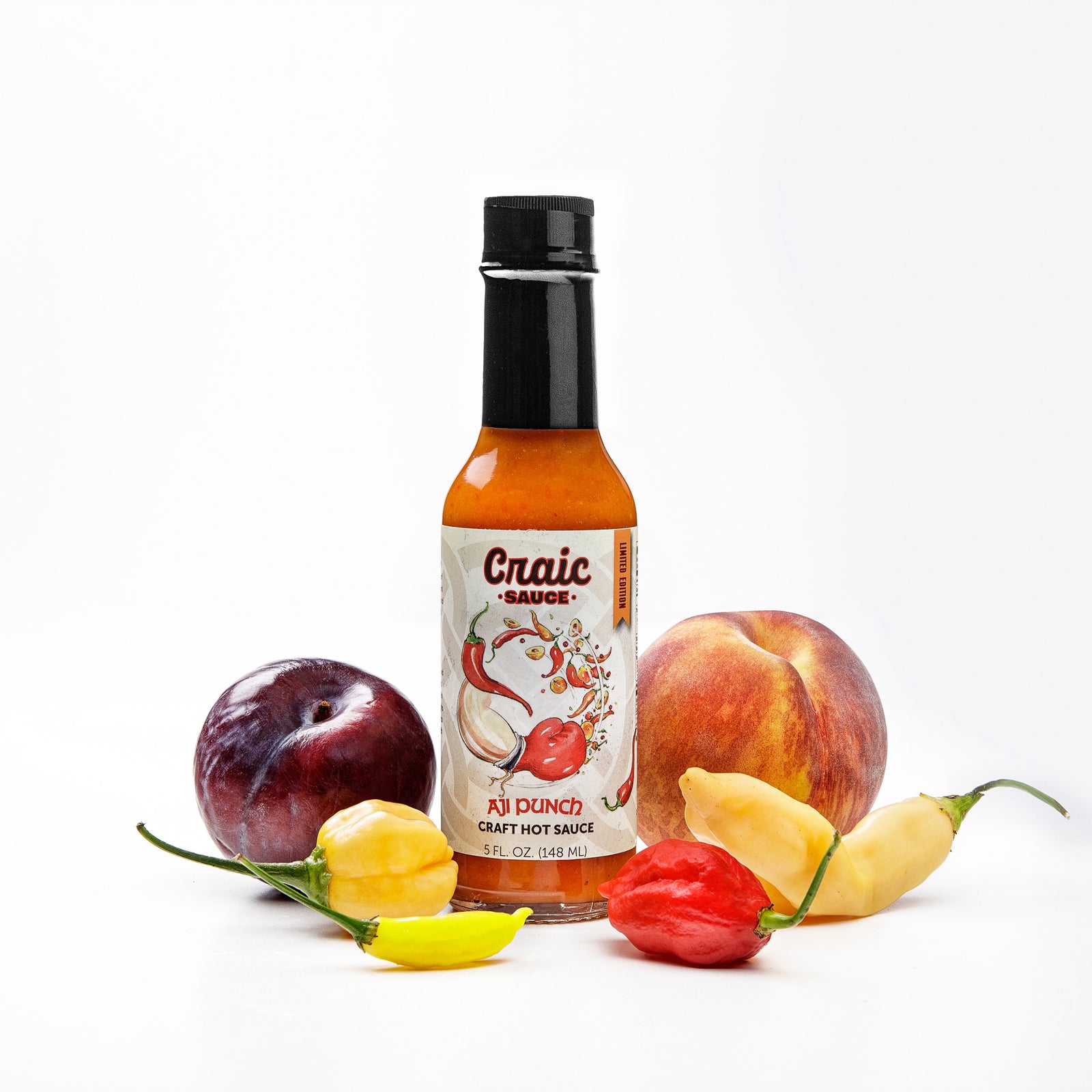
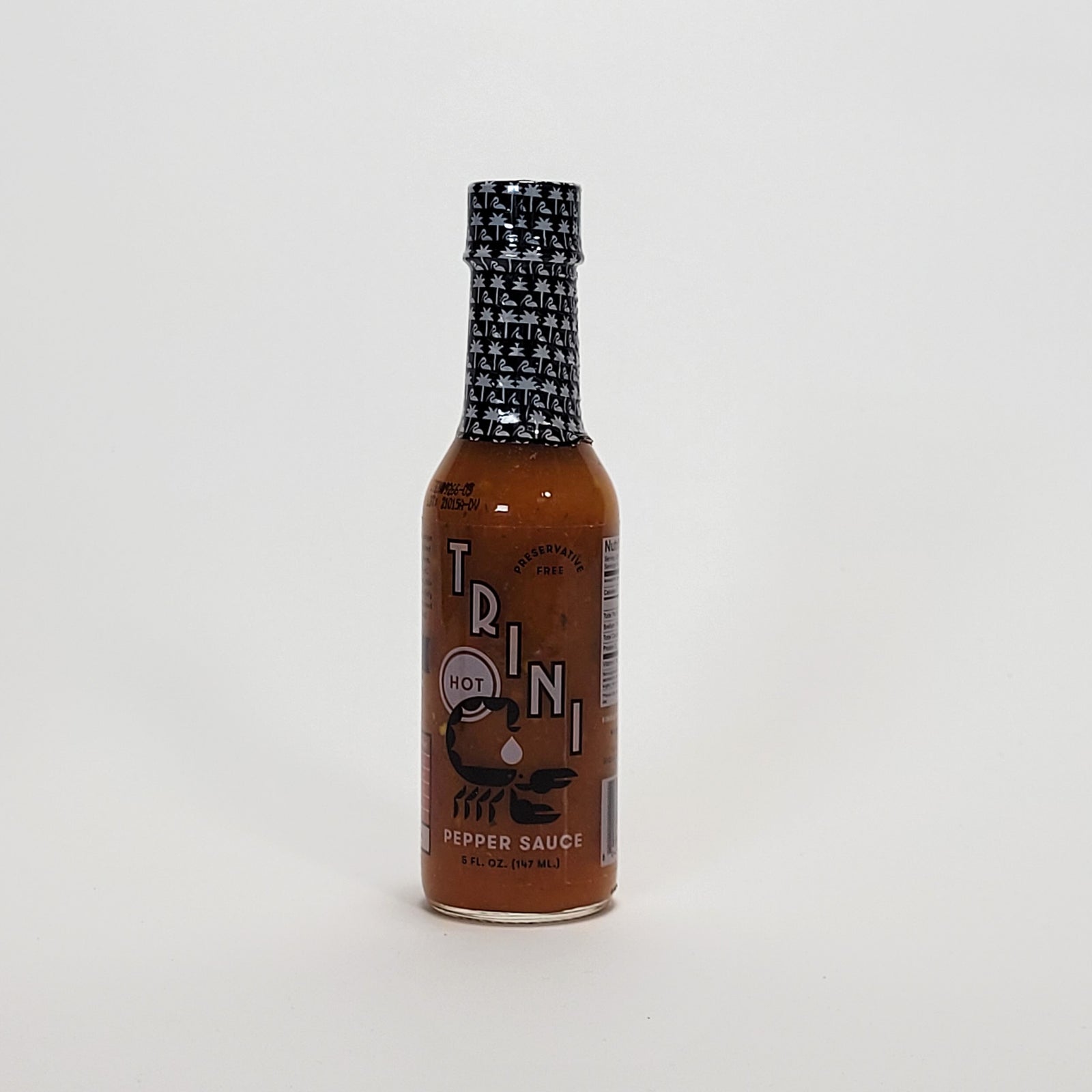
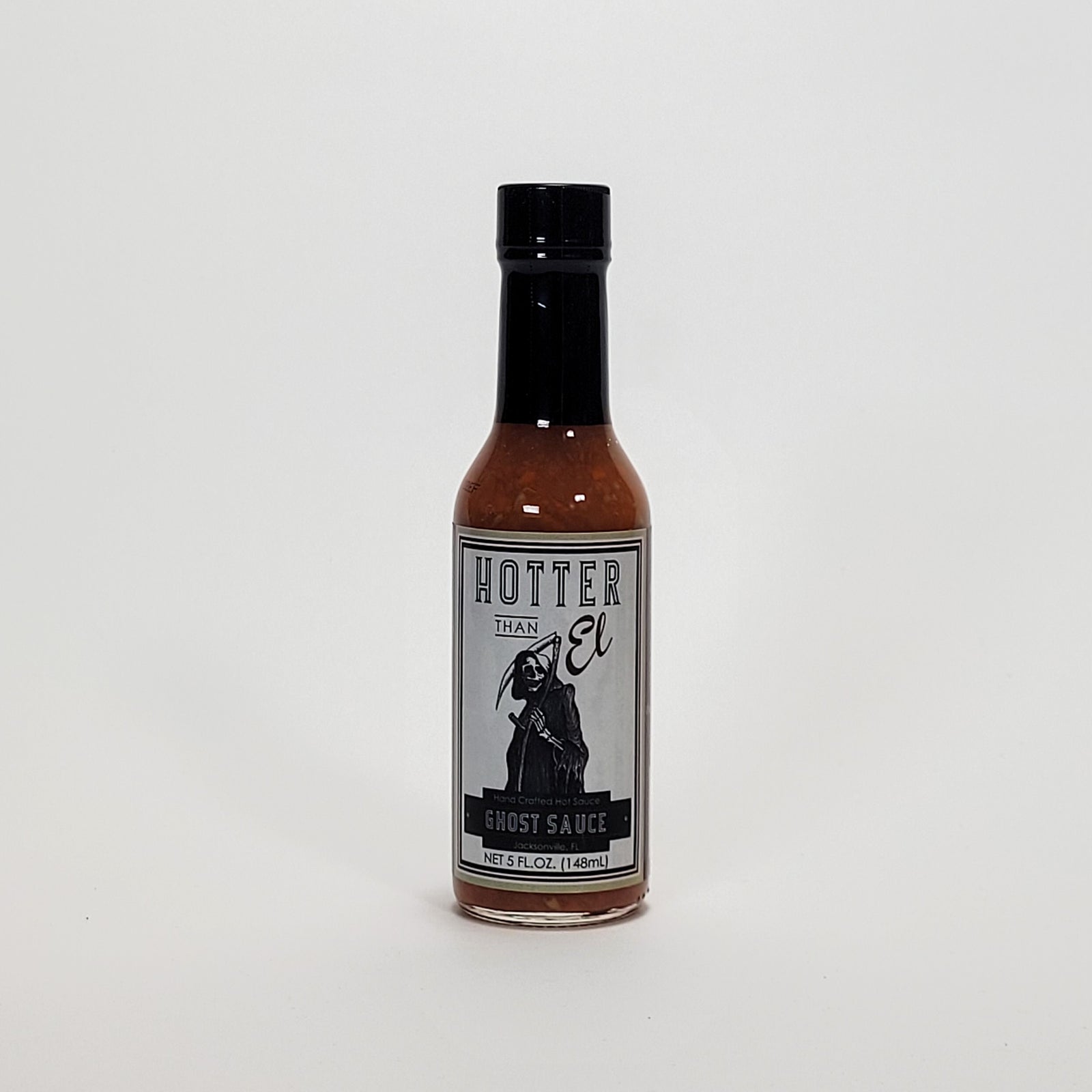
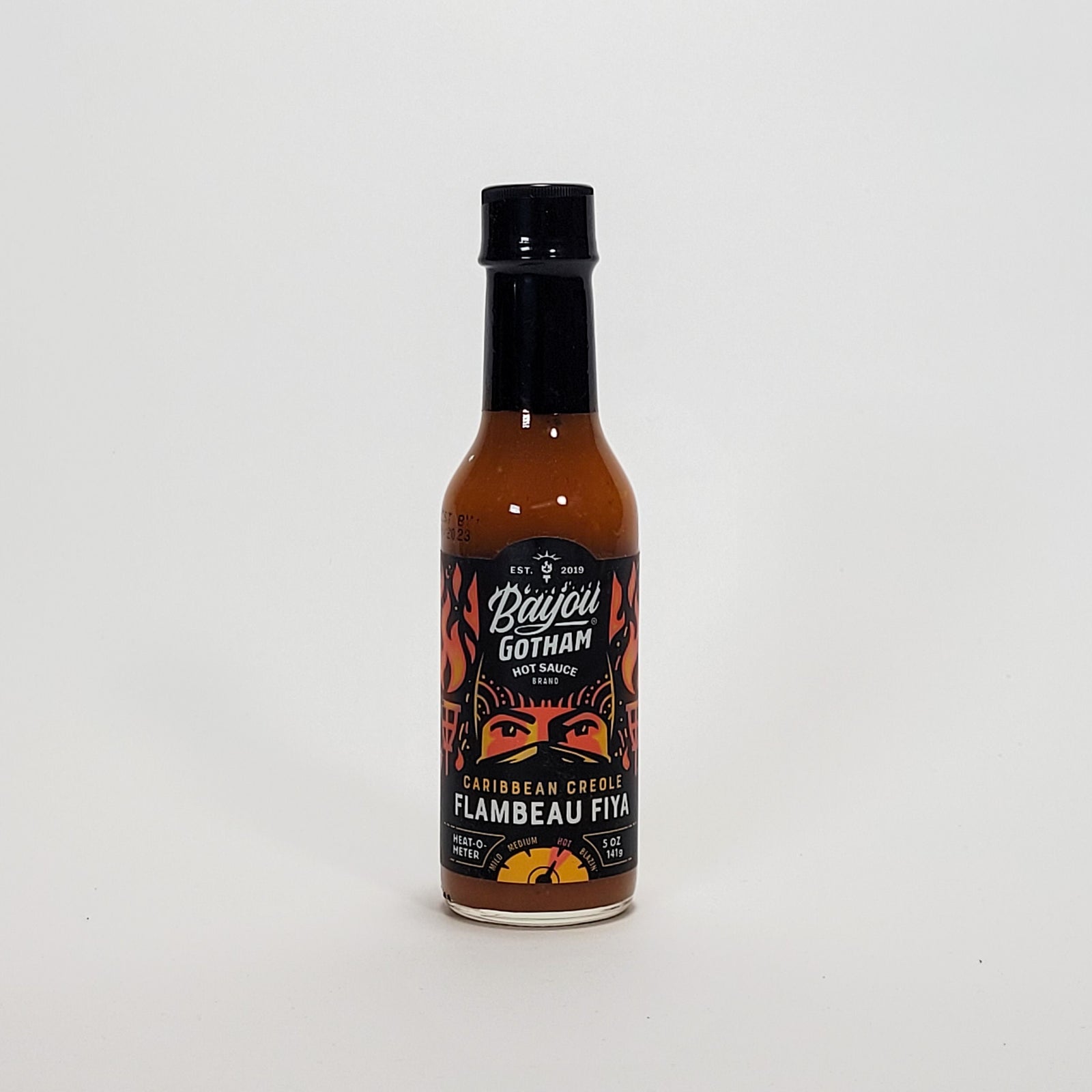
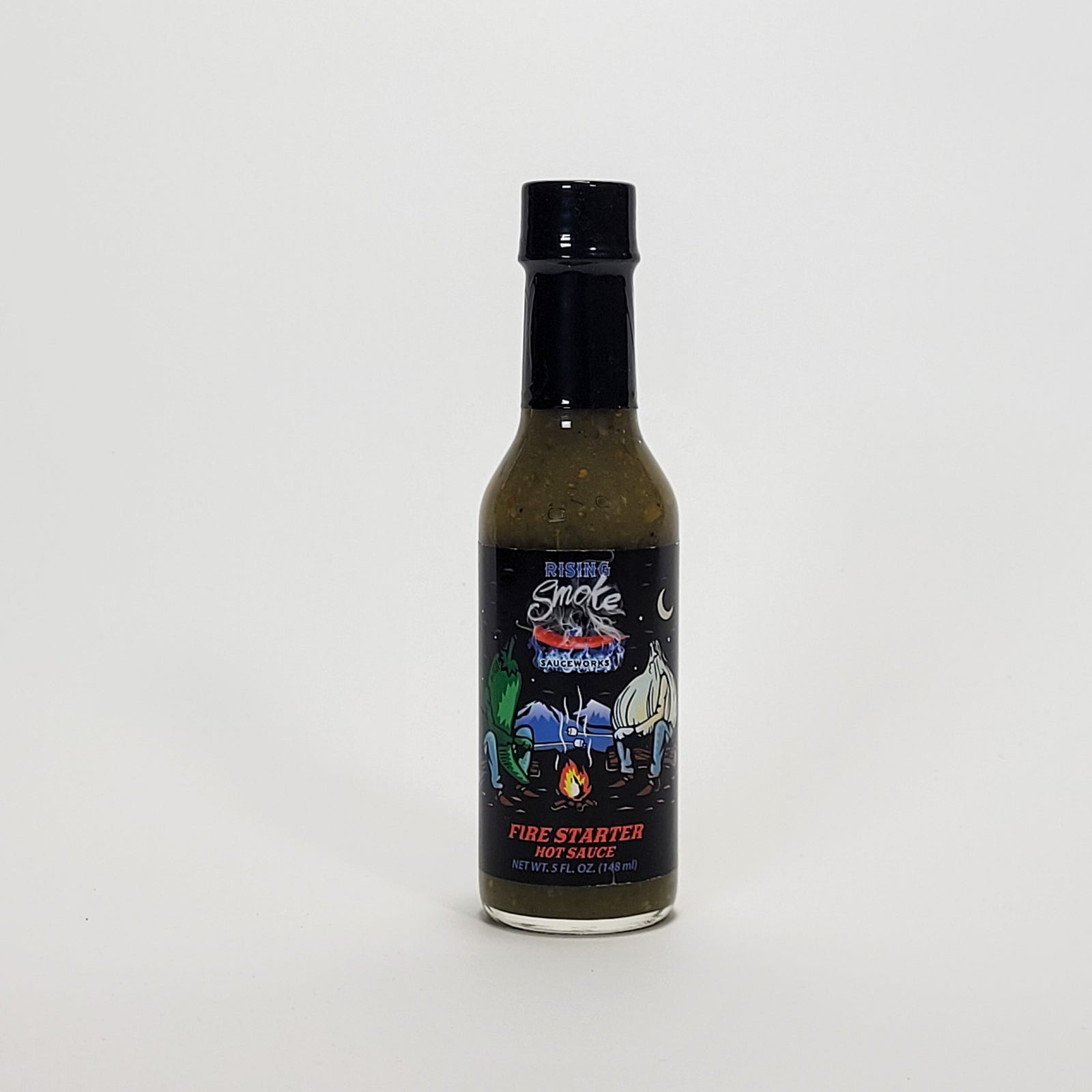
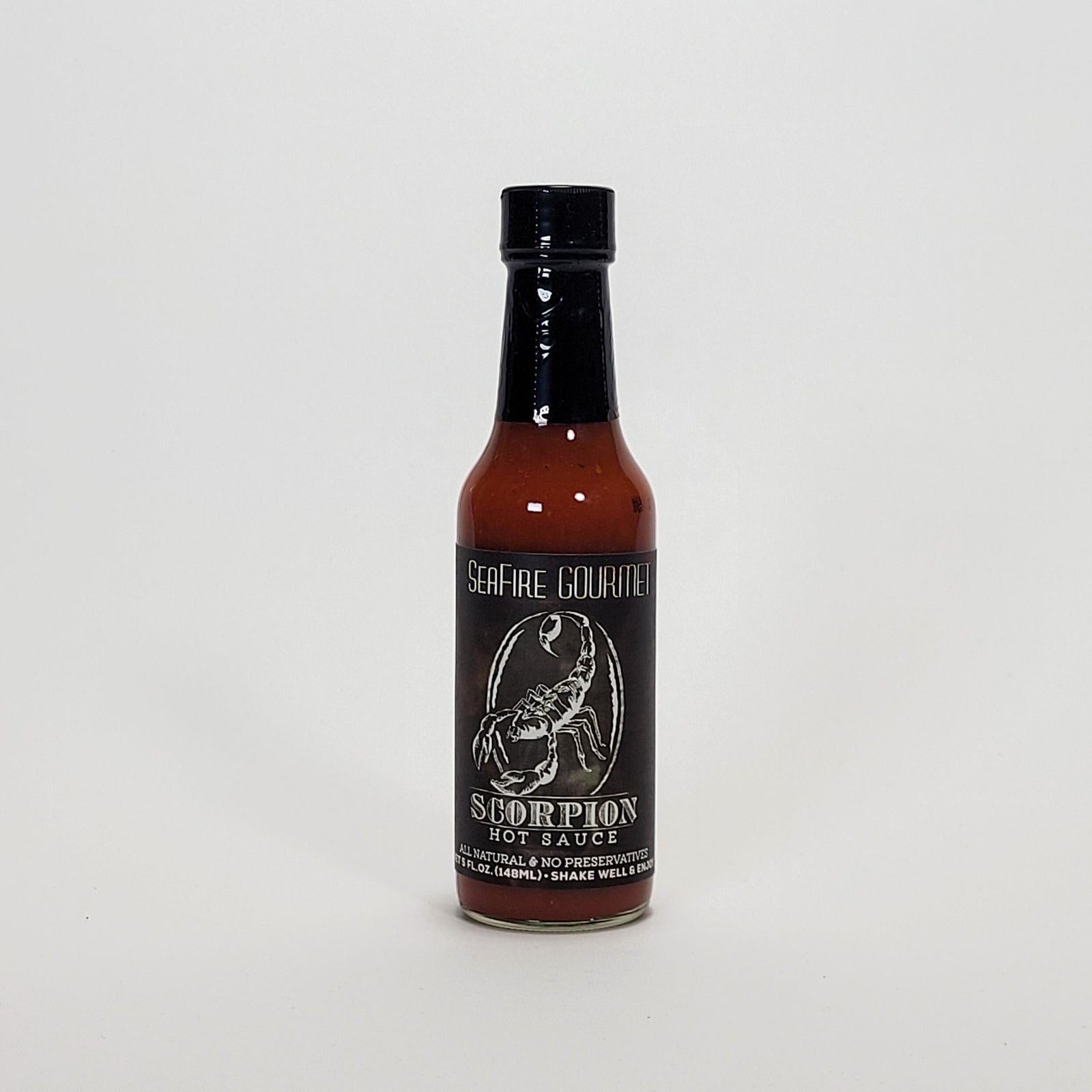
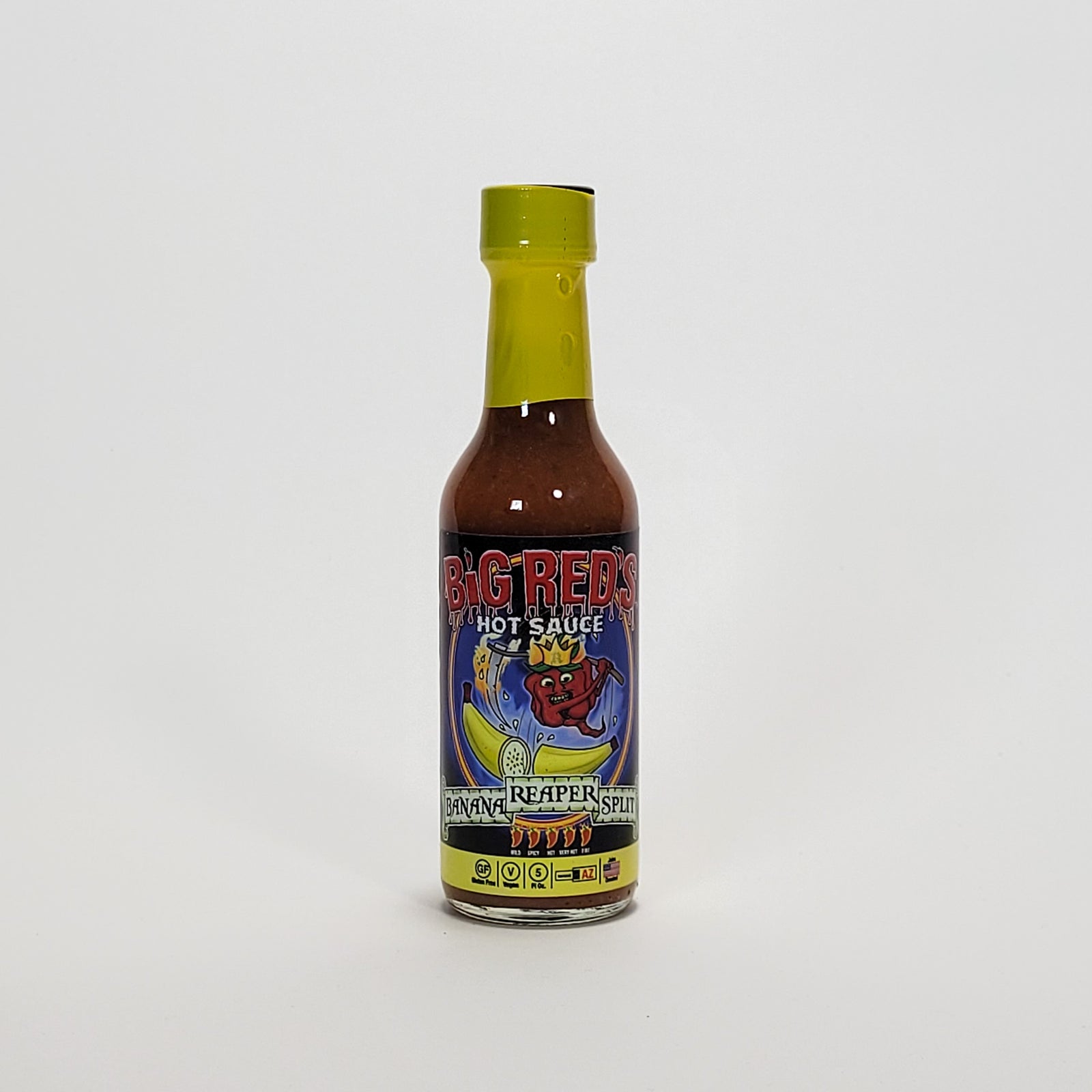


Leave a comment (all fields required)